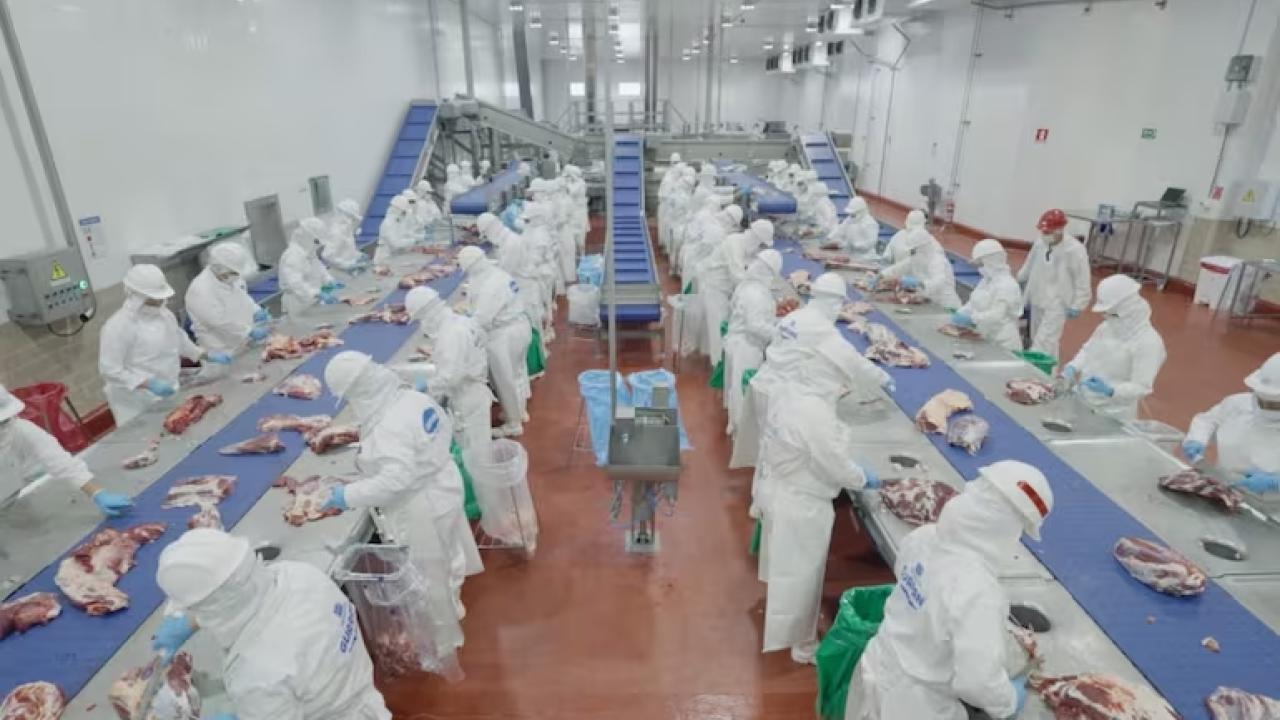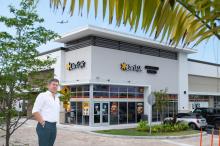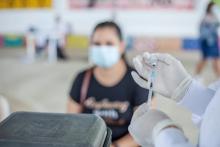
The meat industry in the Guaraní country is closing a historic year after consolidating its exports to the United States, Canada and other strategic markets, according to an evaluation by the National Service for Animal Quality and Health (Senacsa).
2024 was possibly the best year for Paraguayan meat in the foreign market, assessed José Carlos Martin, president of Senacsa, in conversation with ABC.
He stressed that, in addition to the record level of slaughter and export, international prices for red protein accompanied the great dynamism of the complex.
"Paraguay achieved the second best average export price, only behind Uruguay, which has conquered other markets, different animal biotypes and already began its animal identification 20 years ago," he said.
In his opinion, the good dynamics of exports was driven by strategic markets such as the United States.
According to the still partial data from Senacsa, after the second half of December, approximately US$ 140 million had already been exported to this destination.
This market has thus consolidated its fourth position on the list of largest buyers.
He stressed that shipments to Canada also evolved favourably throughout the year and grew significantly: from 3,000 tonnes in exports, they could exceed 7,000 tonnes by the end of the year.
This market is thus consolidated in the seventh position among the main importers of Paraguayan meat.
A "VERY HARD" YEAR FOR PRODUCERS
The president of Senacsa emphasized that, despite the outstanding performance of Paraguayan red protein in the international market, the productive sector faced a "very tough" year due to adverse weather conditions (drought), which led to an oversupply of cattle and impacted on a reduction in the livestock herd.
“The drought brought a really big problem. It created an oversupply of cattle on the market and affected prices. A 3% decrease in the herd is forecast, leaving us with close to 13 million heads for next year,” he said.
In terms of the sector's future prospects, the climate plays a key role, he stressed.
“If we have a good year, from a climatic point of view, it will have a positive impact on the efficiency of producers. This year, the effect of the drought generated very large additional costs, which were mainly absorbed by the livestock sector. The pressure on the primary sector is always much greater,” he added.
In a context where cattle farmers have complained throughout the year about the disparity between the prices that consumers pay on the shelves and the values they receive for their production, Martin insisted on the need for dialogue and the search for consensus between the productive and industrial sectors.
“I pray for a 2025 in which we can sit down (between industry and the productive sector) and listen. There is always a middle ground to continue moving towards a common goal,”
he reflected.
He mentioned that consensus will be crucial to take advantage of all the opportunities that will arise for meat in 2025, with an increasingly demanding international market.
SIAP AND FOOT AND MOUTH VACCINATION TOP THE 2025 AGENDA
After a year full of international audits, Senacsa is preparing to begin implementing the Animal Identification System (SIAP) in February 2025.
The animal identification process will be carried out simultaneously with the anti-foot-and-mouth disease vaccination, which continues to generate debate. The need to continue vaccinating against foot-and-mouth disease or not is still one of the most sensitive issues in the national livestock sector.
On this point, the head of Senacsa assured that there are sanitary conditions to stop vaccinating against foot-and-mouth disease in 2026, aiming to obtain the status of “foot-and-mouth disease-free country without vaccination in 2028,” although he reiterated that everything will depend on consensus with the private sector.
He added that, in order to achieve this goal, progress must be made with the animal identification process.









